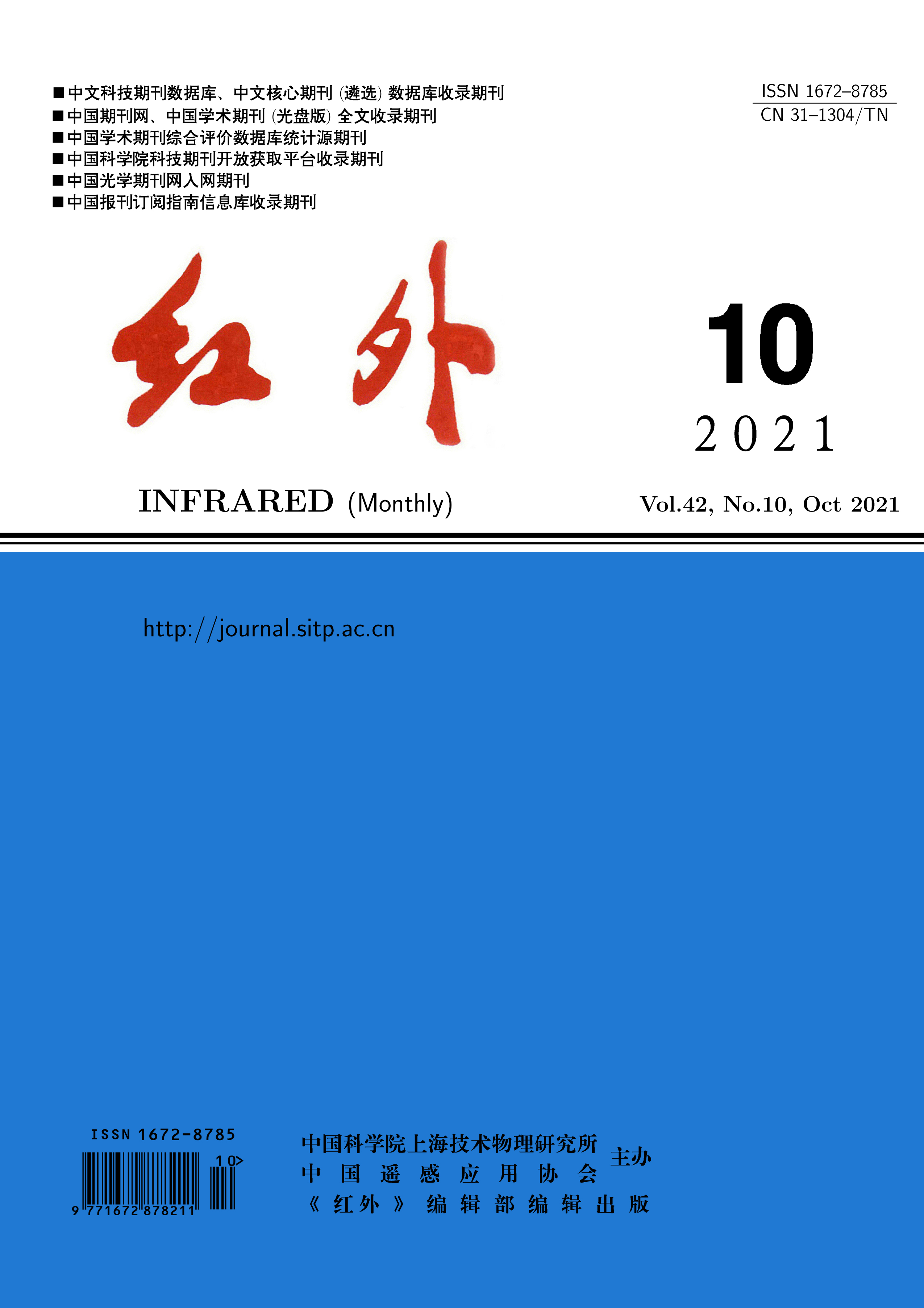
The problem of no output of InSb infrared detector module is studied. Through failure analysis, it is determined that the failure component of the detector is the InSb chip. Combined with the device structure and process, the failure mechanism of InSb device is studied. It is found that there is photoresist residue in the device during the degumming process, and a contaminant layer that is difficult to be etched and removed will be generated in the subsequent passivation process, resulting in hidden reliability problems in the electrode film. The electrode floates after environmental tests such as high temperature and vibration, which will cause the problem of no output of the detector assembly.
InSb focal plane detector is an important part of infrared imaging system, which has a significant impact on the cost and performance of infrared imaging. The quality and uniformity of InSb wafer determine the performance of the detector. Hall effect test, low temperature probe method and microwave photoconductivity method are used to study the electrical uniformity of InSb wafer. The results show that the surface distribution of carrier concentration and electron mobility is uniform, but the low temperature resistivity and minority carrier lifetime distribution show a small non-uniformity change, which is mainly related to impurity segregation during the growth of InSb.
Molecular beam epitaxy was used to study the growth of CdTe/Si composite substrates on a 4-inch silicon substrate. Optical profilometer, atomic force microscope, Fourier infrared spectrometer and other equipment were used to test the cadmium telluride film. The test and analysis results show that the thickness uniformity, surface roughness, warpage and half-width of the cadmium telluride film meet the expected standards, which can provide a good substrate for the epitaxial mercury cadmium telluride film.
The optical system with the fixed relative aperture can only clearly image objects within a limited depth of field. Once reflected twice by two optical elements, the object beyond the depth of field is focused on the detector target surface, and a exceed depth of field ghost spot forms, which greatly reduces the contrast. In this paper, Code V and LightTools are used to simulate and analyze the optical system, and the surfaces of the two optical elements are located which generate the ghost image of depth of field. The simulation results correspond to the generated phenomena. It proves that the simulation analysis method is correct and feasible,and can be used in other optical systems.









